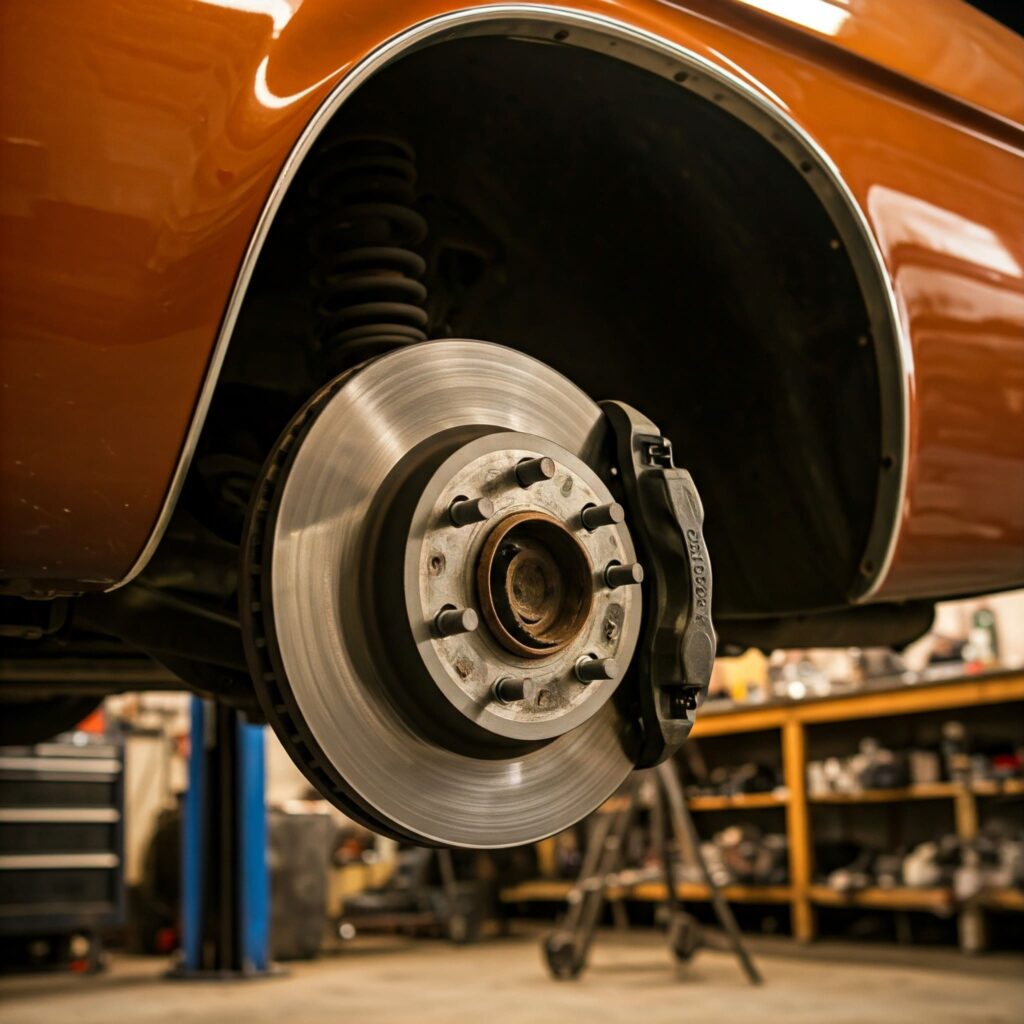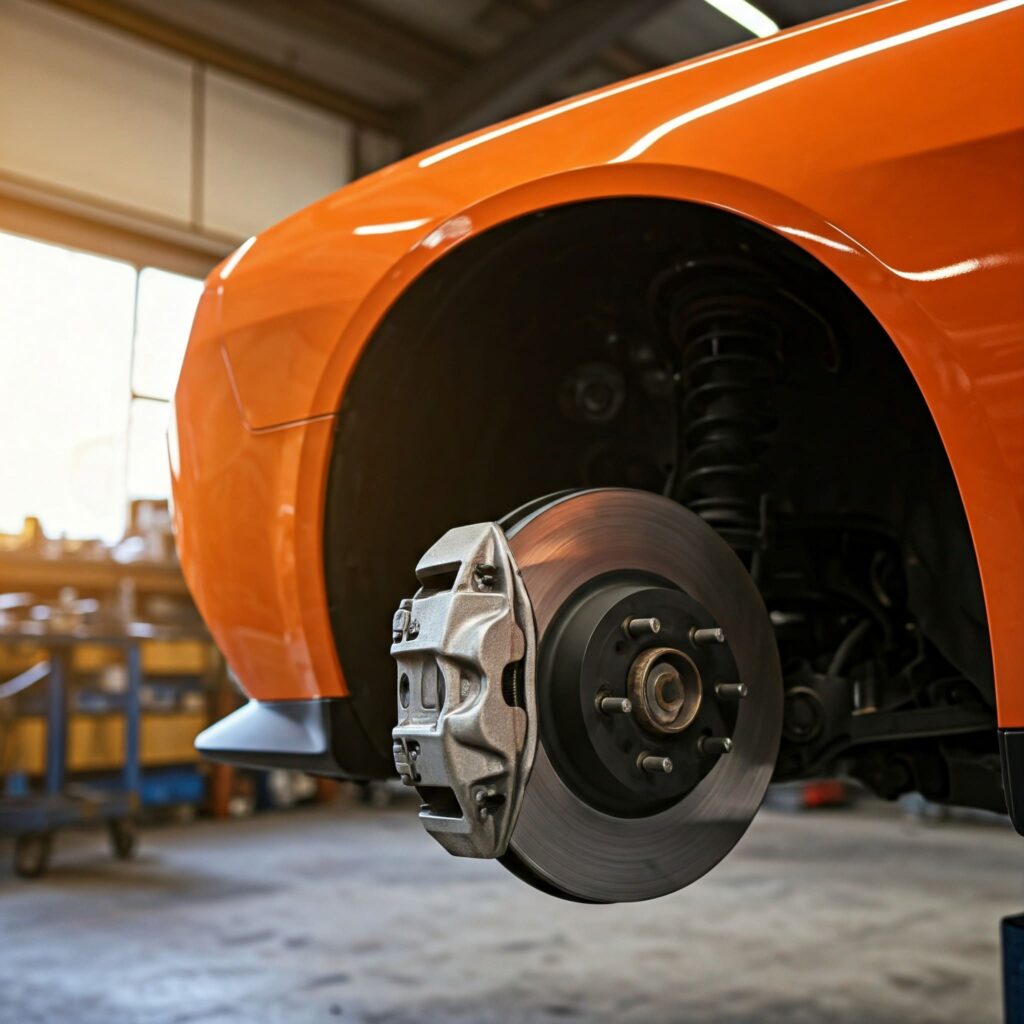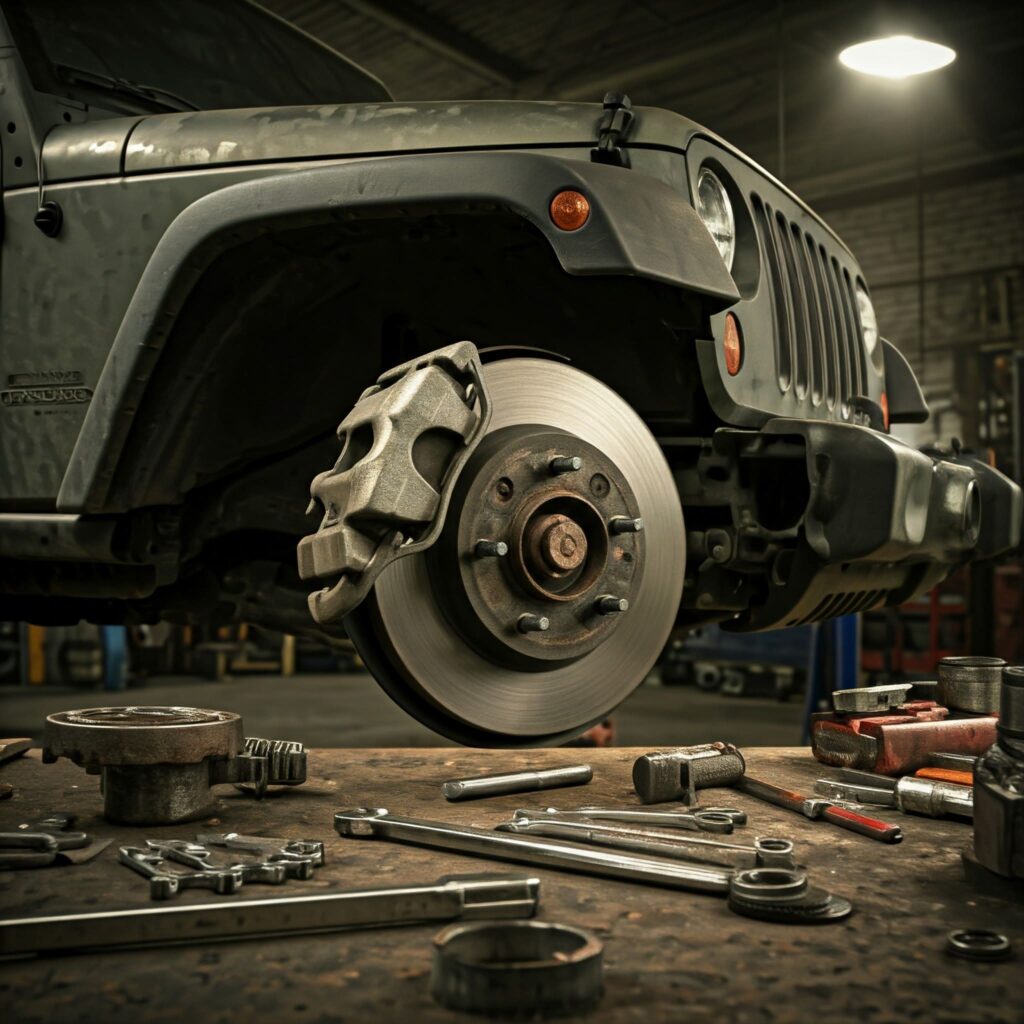How to Diagnose and Fix Squealing Brakes: An Expert’s Guide
Squealing brakes are a common problem that should never be ignored. Often a signal of underlying issues, brake noise can arise from worn components, contamination, or insufficient maintenance. Addressing the issue promptly not only improves driving safety but can extend the lifespan of your braking system. This guide applies an analytical lens to diagnosing and resolving squealing brakes, presenting practical solutions backed by reliable, unbiased insights.
Understanding the Causes of Squealing Brakes
Understanding the root causes of brake squeal is essential to restoring proper function. Below are the most frequent culprits, explained in detail:
For a deeper technical breakdown of brake noise causes and prevention, refer to this Bendix Brake Noise Technical Bulletin, which provides expert insights and recommendations.
1. Worn Brake Pads
- What Happens: Brake pads typically include wear indicators—small metal tabs that emit a high-pitched squeal when the pads become too thin. This is a safety feature designed to alert drivers.
- Solution: Inspect brake pads for wear. Pads below the manufacturer’s minimum thickness (often 3-4mm) should be replaced promptly. Always choose reputable brands that meet OEM specifications, as low-quality pads may prematurely wear and increase noise.
2. Glazed Pads or Rotors
- What Happens: Excessive heat, often from heavy or prolonged braking, can cause the friction material on brake pads or the surface of rotors to harden and glaze. This reduces the friction needed for efficient braking and often produces noise.
- Solution: Glazed pads should be replaced, and rotors may need to be resurfaced or replaced if uneven or excessively worn.
3. Contaminated Braking Components
- What Happens: Dirt, grease, or brake dust can accumulate on components, impairing performance and causing squeals. Contaminants often result from environmental conditions or improper handling during installation.
- Solution: Use a high-quality brake cleaner to remove buildup. Clean rotors and pads thoroughly to ensure proper contact between surfaces during operation.
4. Improper Lubrication
- What Happens: A lack of lubrication on caliper slides or backing plates can lead to uneven movement and vibration, generating squealing noises.
- Solution: Apply a dedicated brake grease to all moving and contact points on the caliper assembly during maintenance.
5. Environmental Factors
- What Happens: Humid, rainy, or cold weather can lead to temporary squealing due to moisture on the brake components.
- Solution: Mild noise under these conditions is typically not a cause for alarm. If the squealing persists beyond normal operating conditions, inspect the system for other issues.

Practical Steps to Address Squealing Brakes
Resolving brake noise requires methodical inspection and maintenance. Use the following process to address and prevent issues:
- Inspect Components for Wear
- Check pads, rotors, and calipers for signs of wear or damage.
- Ensure components like caliper slides move freely.
- Clean the System
- Remove buildup of dust, grease, or contaminants with a brake cleaner. Select a product that ensures clean, residue-free results.
- Apply Proper Lubrication
- Lubricate all critical points, including caliper pins, to minimize vibrations and aid smooth function.
- Replace Worn or Damaged Parts
- Swap out worn pads and replace or resurface rotors as necessary. Always prioritize quality components from trusted brands like Akebono or Bosch.
Comparative Analysis: Brake Cleaners
Choosing the right brake cleaner is critical when addressing contamination in the braking system. Below is a comparison of AMSOIL Brake and Parts Cleaner, CRC Brakleen, and LPS Brake Cleaner, evaluated on their key features, performance, and environmental considerations.
AMSOIL Brake and Parts Cleaner
- Features: Heavy-duty formula designed to remove oil, grease, and brake dust effectively. It dries quickly, leaving no residue that could impact braking performance.
- Performance: Highly effective for high-demand environments where precision cleaning is essential.
- Environmental Considerations: Chlorinated formula for maximum cleaning power. Users should confirm local regulations regarding chlorinated solvents due to disposal requirements.
CRC Brakleen
- Features: Available in both chlorinated and non-chlorinated versions. The chlorinated formula provides excellent cleaning against stubborn contaminants, while the non-chlorinated option adheres to stricter environmental regulations.
- Performance: A versatile cleaner that works on a wide range of automotive parts, not just brakes. Highly effective in removing grease and grime.
- Environmental Considerations: Offers eco-friendly options; however, chlorinated versions may pose disposal considerations in regulated areas.
LPS Brake Cleaner
- Features: A non-chlorinated brake cleaner designed for lighter-duty applications. Its formula minimizes potential harm to sensitive components.
- Performance: Effective for removing surface contaminants and grime, though may require more product for heavy-duty cleaning.
- Environmental Considerations: Non-chlorinated formula aligns with modern environmental standards, making it a safer choice for general use.
Each product suits different needs: AMSOIL excels in heavy-duty applications, CRC balances versatility and strong performance, and LPS prioritizes safety and compliance with environmental standards.

Frequently Asked Questions (FAQs)
- What causes brakes to squeal after replacing pads?
- New pads may squeal due to improper bedding-in processes or glazed rotors. Bedding-in creates an even transfer layer of pad material onto the rotor. Skipping this step may cause noise.
- How can I differentiate between harmless brake noise and a serious issue?
- Occasional squealing during wet weather is typically harmless. Persistent or loud noise, especially when braking, warrants inspection for component wear or contamination.
- Can brake noise be avoided entirely?
- Regular maintenance—such as cleaning, lubrication, and timely replacement of components—can significantly reduce the likelihood of brake noise but may not eliminate it entirely under certain conditions.
Conclusion
Squealing brakes are more than just an annoyance—they’re often indicative of maintenance needs. By understanding the causes and following a structured approach to inspection, cleaning, and repair, drivers can restore brake performance and ensure safe operation. Choosing the right products, such as AMSOIL Brake and Parts Cleaner, CRC Brakleen, or LPS Brake Cleaner, plays a crucial role in maintaining clean and efficient braking systems. For a more technical deep dive into brake noise causes and prevention, refer to the Bendix Brake Noise Technical Bulletin.
